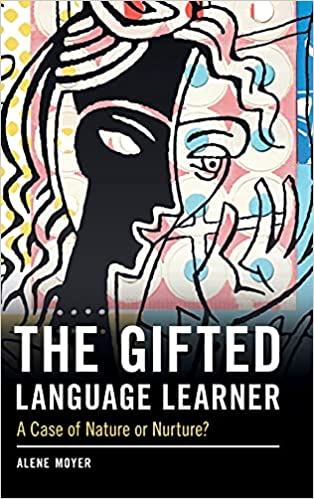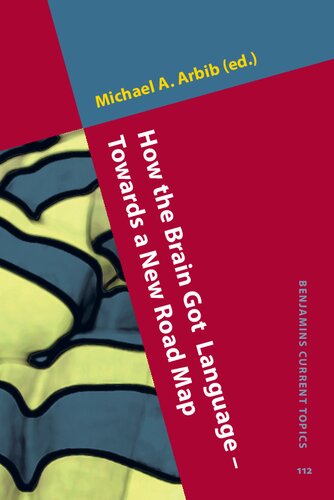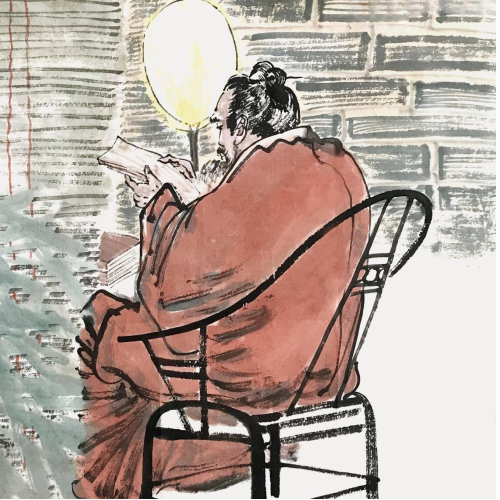1856 阅读 119 下载 2021-06-23 08:16:59 上传 15.66 MB
The Gifted Language Learner: A Case of Nature or Nurture?等2则书讯
今日推出2则书讯:
①2021最新专著The Gifted Language Learner: A Case of Nature or Nurture?
欲获取更多关于此书的资讯,请添加“语言学小电”的微信13764179404进行咨询!
②2020年前沿新著How the Brain Got Language – Towards a New Road Map
【温馨提示】本平台仅提供相关书讯,其中可能涉及的文献代传服务与本平台无关,敬请自行与“语言学小电”联系!
封面 | 概况 | 书讯类型 |
|
【书名】:The Gifted Language Learner: A Case of Nature or Nurture? 【作者】:Alene Moyer 【年份】:2021年 【简介】:关于Naturism和Nurturism专门讨论的专著 Language learners beyond early childhood are scarcely expected to reach native-like abilities in their new language, yet some do. Are these individuals uniquely gifted? If so, are such gifts innate, or the result of intense drive, optimal experience, opportunity, or something else altogether? Bringing together theory and empirical work from across disciplines, this ground-breaking book aims to better understand the perennial mystery of giftedness in language learning (GLL). Incorporating quantitative, qualitative, and case study data, this analysis demonstrates the need to reach across cognitive, neural, emotional, psychological, and social lines to understand native-likeness in a second language. All such 'outliers' face limits, potentials, and choices. What they do in the face of these is key. With this complexity in mind, specific recommendations are provided to re-orient the research toward an appreciation of the individual's role, and a clearer understanding of the inherent balance of nature and nurture in GLL. | 此书讯“语言学小电”提供,感兴趣可添加“语言学小电”的微信13764179404进行咨询! |
| 【书名】:How the Brain Got Language – Towards a New Road Map 【作者】:Michael A. Arbib (editor) 【年份】:2020年 【简介】:How did humans evolve biologically so that our brains and social interactions could support language processes, and how did cultural evolution lead to the invention of languages (signed as well as spoken)? This book addresses these questions through comparative (neuro)primatology – comparative study of brain, behavior and communication in monkeys, apes and humans – and an EvoDevoSocio framework for approaching biological and cultural evolution within a shared perspective. Each chapter provides an authoritative yet accessible review from a different discipline: linguistics (evolutionary, computational and neuro), archeology and neuroarcheology, macaque neurophysiology, comparative neuroanatomy, primate behavior, and developmental studies. These diverse perspectives are unified by having each chapter close with a section on its implications for creating a new road map for multidisciplinary research. These implications include assessment of the pluses and minuses of the Mirror System Hypothesis as an “old” road map. The cumulative road map is then presented in the concluding chapter. | 此资源由网友提供
|
















